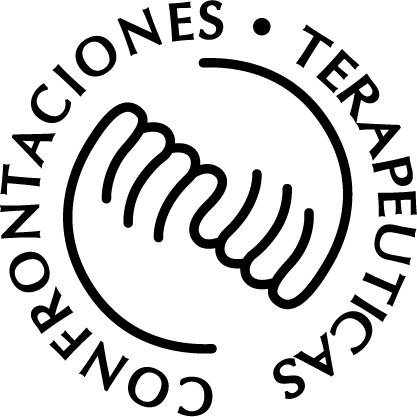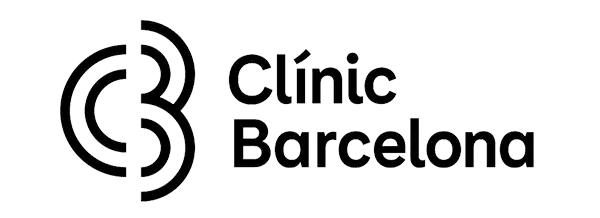IMPROVING INJECTIONS THROUGH TECHNOLOGY
Improving injections through technology
Visualise your patient’s arterial anatomy with the latest technology to improve patient experience and reduce risk.
Visualize
Accuracy
Less Complications
Easy to use
Digital Record
Build Loyalty
Optimise your clinic growth and customer retention improving patient experience
What makes ARtery 3D unique
TESTIMONIALS
Trusted by clients worldwide

Dr. LIESBETH LAUREYN
I of course always treat my patients by my absolute besets knowledge to create maximum safety while aiming for optimal results. It is very evident that every precise visualization of individual anatomy, gives me an amazing advantage while treating.

JOKE ROBIJNS
Artery 3D is een hedendaagse techniek die de veiligheid van injectables kan verhogen.
Een toptechniek die thuishoort in een moderne esthetische praktijk.

Prof. Dr. RANDY DE BAERDEMAEKER

Dr. JAN VERMEYLEN

Dr. BRUNO LANTSOGHT
ARtery 3D is very user-friendly. I don’t lose time using the application and my patients love to see their 3D image before and after the treatment. As it’s web- based I don’t need extra device”s, which is just amazing.

Dr. CHRIS CAMBRÉ
For patients who are really afraid of complications during the injection of a filler, ARtery 3D allows the patient to go into the treatment with less fear. If the 3D glasses are added, this will become the standard for injectables.

Dr. de GOURSAC

Prof. JEAN-PAUL MENINGAUD- MD,PHD

Dr. PHILIPPE KESTEMONT
The better I know the anatomy, the better I know I can never be sure about the anatomy. ARtery 3D is the only technology that provides a practical and workable solution to us.





ANNUALLY - SAVE 20%
Plans & Pricing
STARTER
124€
/ monthly
Save 289 € / year with the yearly subscription.
- 1 user
- Use ARtery 3D* for a max of 10 patients
- Unlimited digital patient records
- Free Membership AA Community
- Personal onboarding
- Basic support
BASIC
POPULAR
249€
- 1 user
- Use ARtery 3D* for a max of 100 patients
- Unlimited digital patient records
- Free Membership AA Community
- Personal onboarding
- Basic support
- Marketing support
PLUS
458€
- 2 users
- Use ARtery 3D* for a max of 200 patients
- Unlimited digital patient records
- Free Membership AA Community
- Personal onboarding
- Basic support
- Marketing support
- Hands on training for staff
STARTER
149€
/ monthly
Save 289 € / year with the yearly subscription.
- 1 user
- Use ARtery 3D* for a max of 10 patients
- Unlimited digital patient records
- Free Membership AA Community
- Personal onboarding
- Basic support
BASIC
POPULAR
299€
/ monthly
- 1 user
- Use ARtery 3D* for a max of 100 patients
- Unlimited digital patient records
- Free Membership AA Community
- Personal onboarding
- Basic support
- Marketing support
PLUS
549€
- 2 users
- Use ARtery 3D* for a max of 200 patients
- Unlimited digital patient records
- Free Membership AA Community
- Personal onboarding
- Basic support
- Marketing support
- Hands on training for staff
News
News and interesting facts from our world.
OUR TEAM
Who we are
We want to introduce ARtery 3D to the entire world and we’re doing so one step at a time. Right now we also have an audience in mind who we believe can help us change the world of fillers forever.
- KNOKKE (Belgium)
- MECHELEN (Belgium)
- Dubai (EUA)
- BARCELONA (SPAIN)
Have Any Questions? Let’s Start to Talk
Our Address
Augmented Anatomy BV
Krokussenpad 2A
8301 Knokke
FAQ
Frequently asked questions
Every patient has a unique and individual arterial anatomy, many scientific publications support this.
In addition, the growing database of MRI-images of patients that undergo a scan to visualize their anatomy and benefit from ARtery 3D clearly shows the vast majority of variations between individuals, but also between the left and right side of the face of each patients.
The current version of allows you to have a relative position of the depth of the arteries, based on a colour grading scale. The brighter the red, the more superficial the artery; the darker the red, the deeper the artery.
In addition, we recently added a slider in the user interface, which allows you to determine until which depth you wish to visualize the arteries. For example, if you slide the slider to 0.5, all arteries between the skin and 5mm depth will be visualised.
Further developments of the technology will implement a more precise depth-analysis.
There are different ways to use ARtery 3D during filler injections:
- In case of one-handed filler injections, you can hold your phone in one hand and use the other hand to perform a filler injection.
- In case of two-handed filler injections, you can use ARtery 3D In multiple ways:
- Draw the relevant arteries within the treatment zone on the patient’s face by use of the application before performing the filler injection
- Mark the injection points on the patient’s face and verify with ARtery 3D if there is an artery located at the placed marks. If needed, the injection point can be slightly modified.
- Let your nurse/assistant hold the phone while performing the filler injections or use a stand to position your device in front of the patient’s face
ARtery3D enables a dynamic visualization of anyone’s individual arterial anatomy. The facial tracking is developed in such a way that the AR-visualization of the arteries follows the different expressions of the face. A specific algorithm is implemented, which makes sure that the arterial displacement is according to the depth of the artery beneath the skin, as well as the distance between the artery and the underlying bony structures (the deeper the artery, the less mobile it will be).
Due to the individual dynamic variations, it is advised to avoid performing a filler injection during changing facial expressions.
